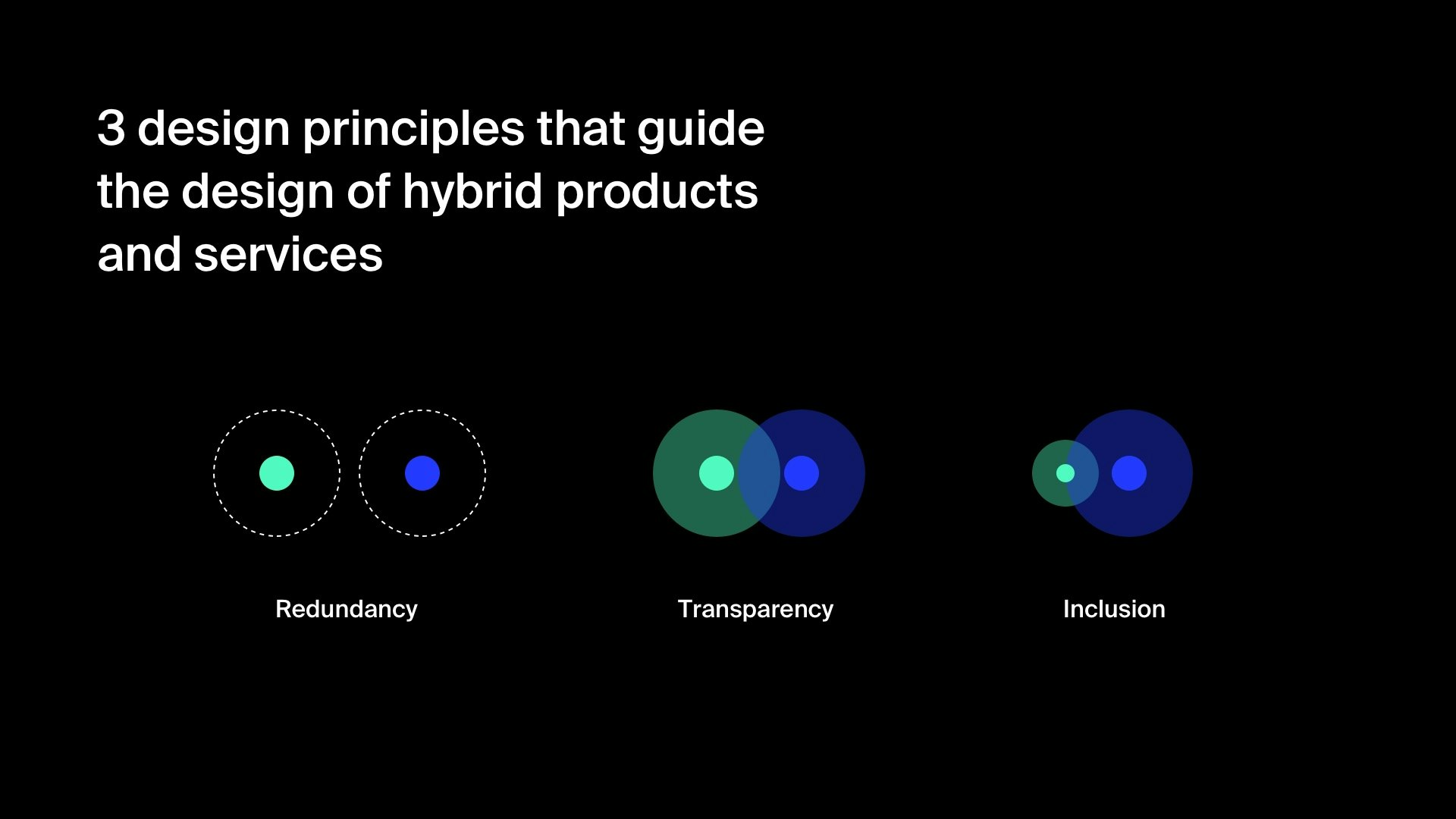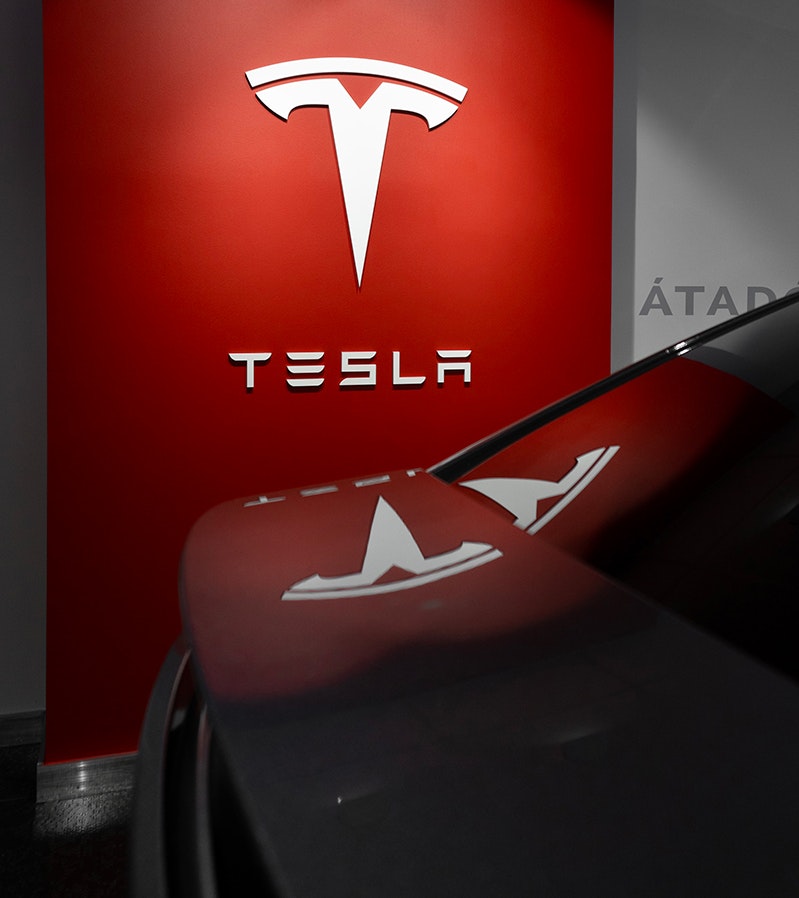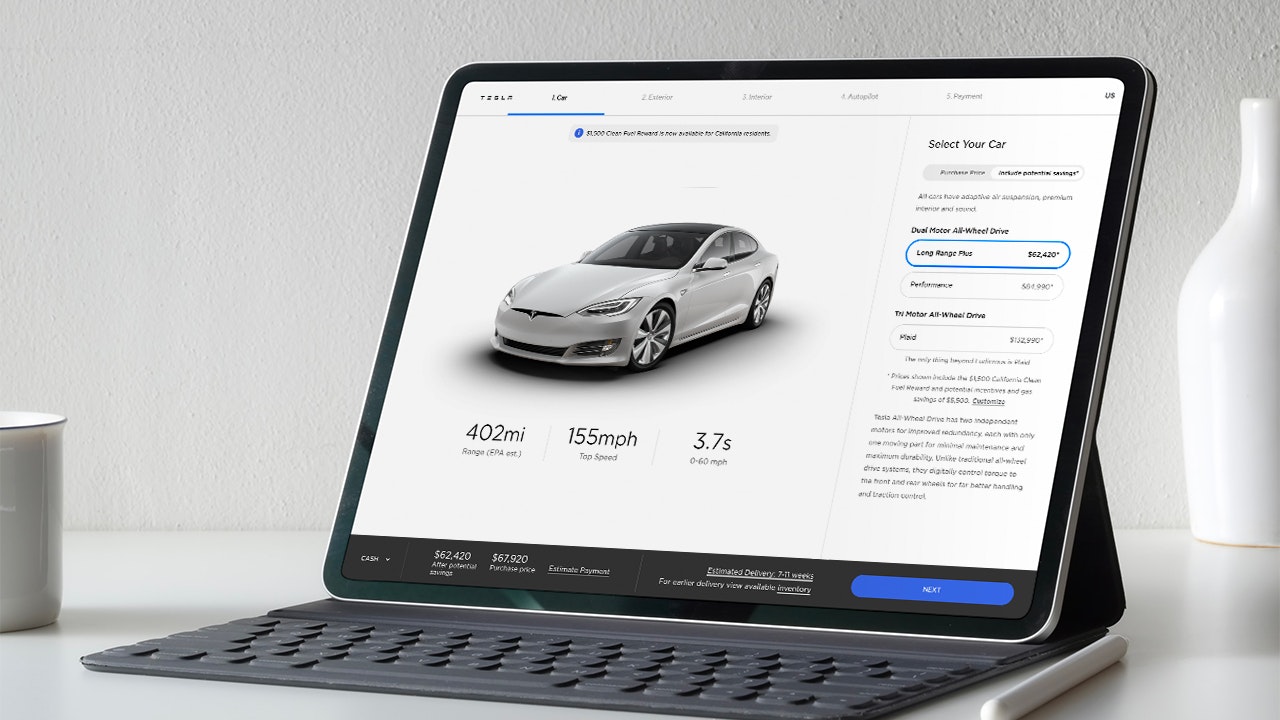In one of our last contributions, we described how the Hybrid Continuum and people's changing habits favour the rise of hybrid go-to-market channels, defined by transparency, redundancy between physical and digital contexts, and purpose to include the majority of people.
The Hybrid Continuum also seems to push the omnichannel idea towards a more radical form. The present article aims to set out our thoughts on the topic and stimulate a debate.
Dealing with the transformation of service models, we have glimpsed a path of evolution in the way companies convey their products and services to the market and to people: we moved from a multichannel perspective, understood as the ability of a company to offer services on an assortment of non-integrated channels, to the idea of omnichannel - understood as the ability to optimize strategies between channels - and we grasped the possibility of an even more radical omnichannel strategy, where the journey, services and products are offered identically and symmetrically on all the media, even in terms of price. Thus empowering people to carry out their journey in complete freedom.
However, the definition of ‘omnichannel’ is ambiguous, and changes when applied to marketing or infrastructure and services, or even to internal processes. Here we have chosen to use the term's broad definition, a sort of lowest common denominator that unites all word meanings.








